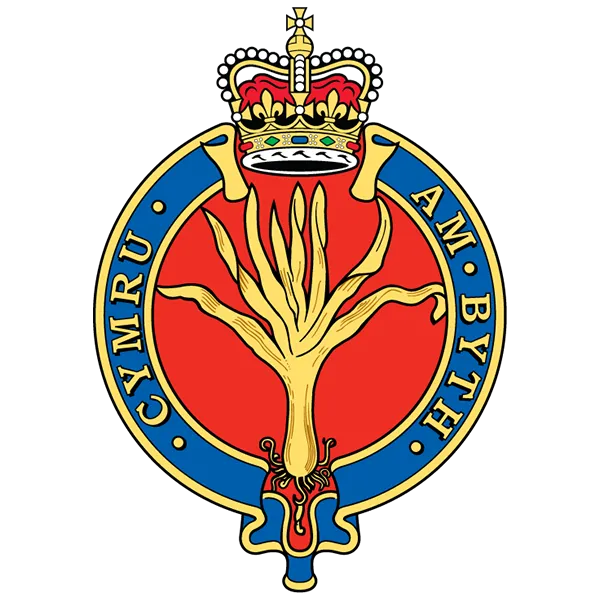Arthur William Cornelius
This blog will be the first in a series of blogs about soldiers who died in the First and Second World Wars, who are commemorated on family graves at Bethel Welsh Congregational Chapelyard, Sketty, and are otherwise buried elsewhere.
This first blog is about Arthur William Cornelius
Guardsman Arthur William Cornelius served with the Welsh Guards;
2nd Battalion. 25 years
old. Killed in Action on 13th
May 1940. Buried at Hook of Holland
General Cemetery, Netherlands.
Arthur was the son of Mr. and Mrs. David Cornelius, of
Swansea.
Arthur was born in 1915 in Swansea.
At the time of the 1921 Census, aged 6, he is residing in
his parents’ home. The census doesn’t give
the address, just “Swansea”.
 |
| 1921 Census |
The census records his name as “Arlkis”. David, 38 is employed as a Boiler & Ship
Repairer, whilst Mrs Cornelius, Elizabeth H., is 35 years. Their children are Philip, 12; Dorothy, 11
and Arthur “Arlkis”, 6.
David T. Cornelius and Elizabeth H. Jones was married in
1906.
Elizabeth H. Cornelius died in 1927, and she was buried at Bethel
Arthur before the outbreak of the war was a Police Constable with the Evesham Police Force.
 |
| 1939 Register |
By the time of the 1939 Register, David now a widower, is living with his daughter, Dorothy at 48 Carlton Terrace.
Arthur isn’t recorded on the Register.
The service records of those who fought in the Second World
War, are not freely available like those of the First World War. They are available to serving soldier’s families,
but they must be applied for via the Army.
The 2nd Battalion, Welsh Guards, was formed on 18th May 1939. At the outbreak of the war, they were stationed in the Tower of London. The battalion remained at the Tower, with a brief interlude at Epping Forest, Essex before they were moved to Camberley, Surrey in April 1940.
The battalion joined the 20th Independent
Infantry Brigade (Guards), which served between 22nd April 1940 to
13th September 1941.
On the 21st of May, the Battalion moved to Dover
before embarking on board the SS Biarritz and Mona’s Queen for Boulogne. The following morning, the Battalion took up
defensive positions at Boulogne. The battalion
suffered heavy casualties, especially in prisoners, defending the port. The battalion was evacuated before midnight
on the 23rd of May on board the destroyer Windsor.
There were few Commonwealth troops in the Netherlands during
1940, during the invasion of the Germans.
There was, however, a small force composed of Royal Marines, Irish, and
Welsh Guards, that landed at The Hook of Holland on the 12th and 13th
of May, who were tasked to assist in the safeguarding of the Dutch Government. It was on the 13th, that Queen
Wilhelmina left for England on board a destroyer.
Heavy air raids on the area that was being defended by the troops
caused a huge number of casualties and speedily rendered the position untenable
with any reinforcements. These couldn’t be spared, so, on the 14th
the force was evacuated back to Dover.
A portion of the Hook of Holland General Cemetery was set
aside by the local authorities for the burial of those who were killed.
 |
| Arthur William Cornelius Hook of Holland General Cemetery, Netherlands credit - findagrave |
 |
| The Evening Post |
The Evening Post reports Arthur's death on the 18th of May
 |
| The Evesham Standard and West Midland Observer |
Whilst The Evesham Standard and West Midland Observer report Arthur's death on 25th of May




Comments
Post a Comment